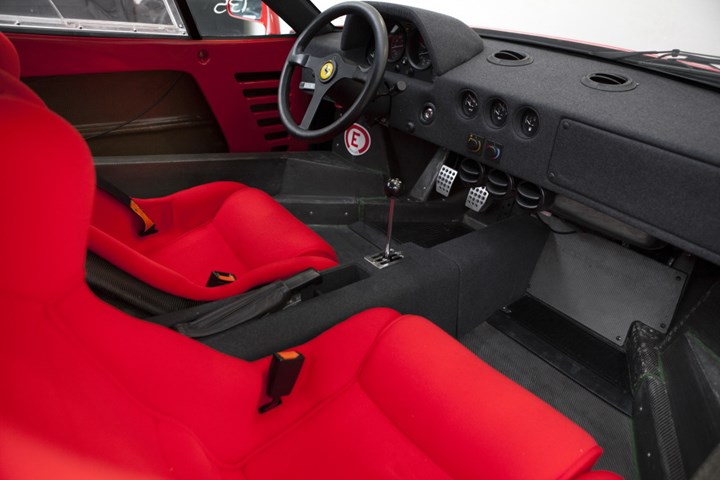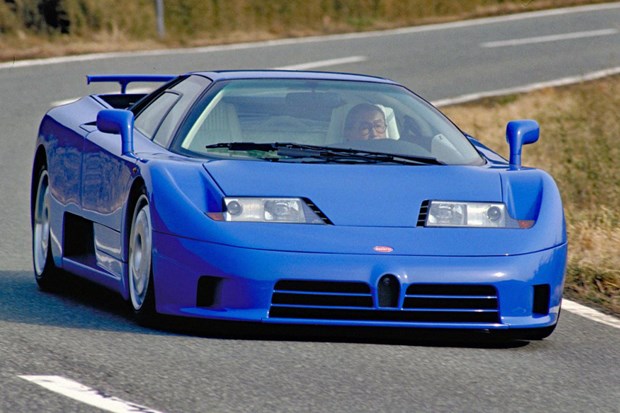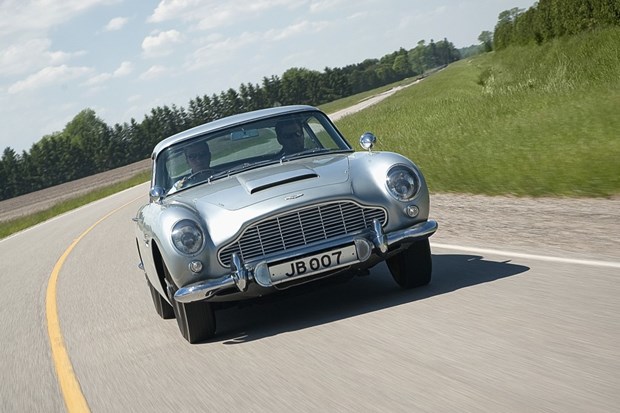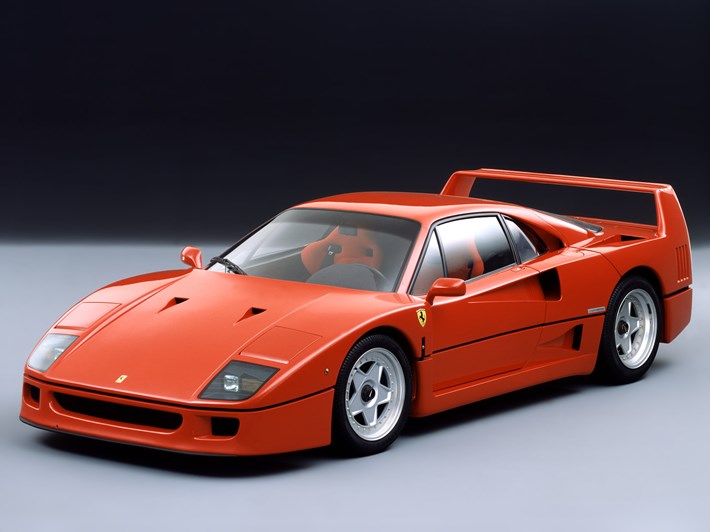
The Ferrari F40, the manufacturer's technological showcase, celebrated its 40th anniversary with panache. This supercar also marked the beginning of a new era for the prancing horse firm after the death of its creator.
At the beginning of the 1980s, Ferrari was faced with competition from the Porsche 959, a supercar with exceptional performance but a very modest appearance. For its part, the manufacturer offered the 288 GTO, a high-performance car that was strictly road legal. The decision was then taken to develop an evolution of the latter that would be as comfortable in competition as in normal use. The engineers at Maranello drew inspiration from racing technology to develop an exceptional car to celebrate the company's 40th anniversary. In 1987, Enzo Ferrari was proud to present the F40 to the international press at the Fiorano circuit. Thanks to the use of lightweight materials such as Kevlar, carbon fibre and Plexiglas windows, the car barely exceeded one tonne (1,080 kg). Under its enormous rear bonnet was a twin-turbocharged 2.9-litre V8 engine with 478 bhp and 577 Nm. Capable of accelerating from 0 to 100 km/h in 3.9 seconds and reaching a top speed of 324 km/h, the F40 was one of the fastest cars of its time.
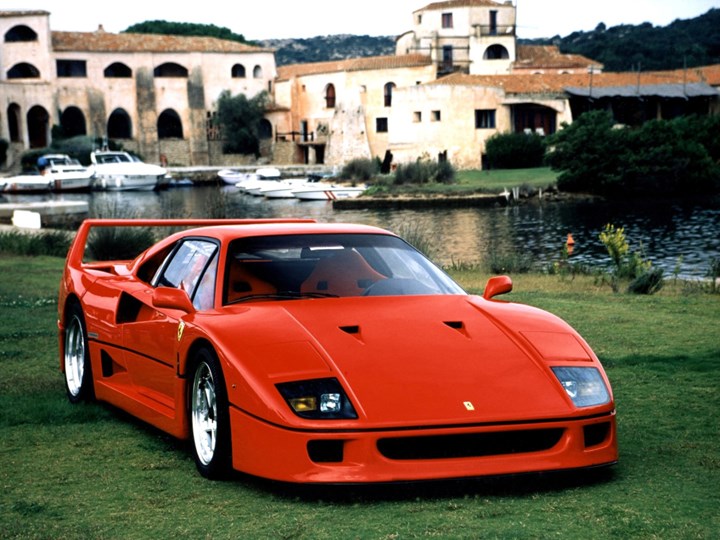
Victim of its own success
Initially planned to be built in 400 units, the F40 was reserved for Ferrari's good customers. Sold for just over 200,000 euros (R3.46 million) at the time (a considerable sum at the end of the 1980s), it unleashed passions to the point that the order forms were sold for much more on the parallel market. In the end, the manufacturer relented after the death of the Commendatore in 1988 and sold more cars than initially planned. Between 1988 and 1992, 1,315 units of the F40 were produced. Almost all of them were red and were characterized by their lack of driving aids: they had no ABS, no power steering and definitely no traction control. Only the optional air-conditioning was strongly recommended, given the heat that the engine gives off!
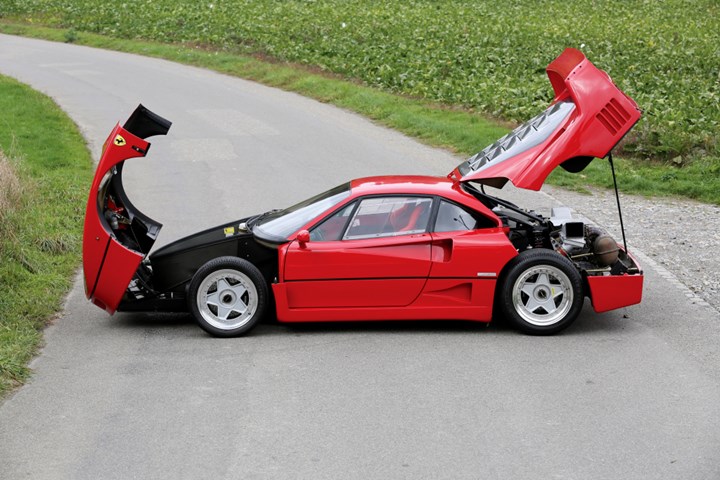
Rolling legend
Today, the F40's value is at its highest after a period of stagnancy. One of the first (and most sought-after) non-catalysed examples, with non-adjustable suspension, fetched a million euros (R17 million). One example even fetched €1,600,000 (R27 million) at the Bonhams auction, held during the Zoute Grand Prix 2021! From 1991 onwards, the Ferrari was equipped with a catalytic converter and could be fitted with an adjustable suspension, the reliability of which was often a problem. The vehicles sold in Europe had a rubber fuel tank that had to be replaced every 10 years (some specialists recommended 5years). Otherwise, the F40 is surprisingly robust and doesn't cost much more to maintain than a 'normal' Ferrari due to its relative simplicity. The bodywork is very light, but needs to be treated with the utmost care as it is very sensitive to even light impacts.
